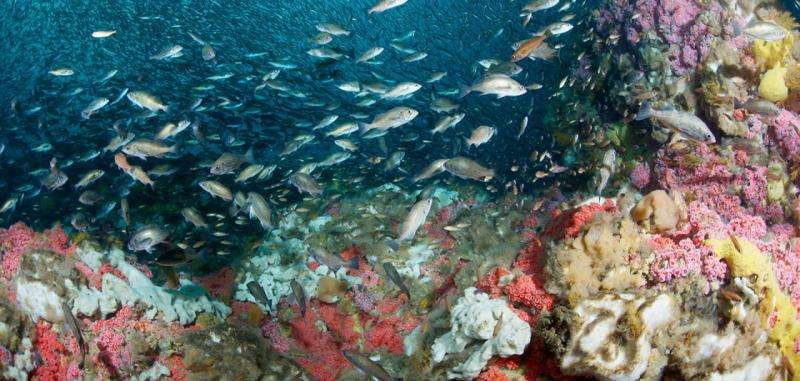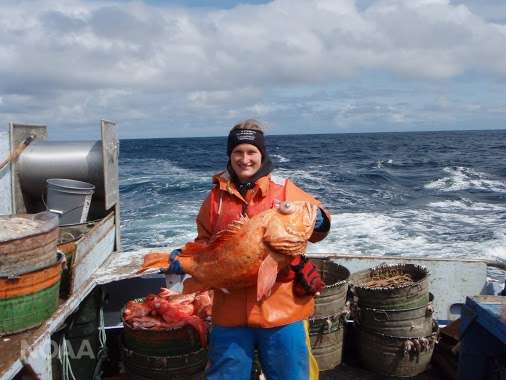America's astounding progress in ending overfishing

In the 1970s, Ted Stevens, a former Army pilot-turned U.S. Senator and avid Alaskan fisherman, was flying above the Bering Sea en route to the remote Pribilof Islands. Along the way, he saw a scene that alarmed him: Japanese trawlers, 90 that he could count, were fishing in Alaskan waters.
At the time, foreign fishing fleets were neither uncommon nor illegal in nearshore waters, and operated year-round with little regulation. This particular sighting, however, prompted a discussion between Stevens and his Senate colleague Warren Magnuson of Washington about the sustainability of our national seafood supply and the competitiveness of America's fishing industry.
Ultimately, these two men opened a dialogue with fishermen and other ocean users across the country. As a result of their feedback, the senators crafted a groundbreaking law which greatly expanded our national maritime boundaries, established national fisheries management standards, and keep local decisions in the hands of regionally-appointed rulemakers who know their waters and their communities' needs best.
The Magnuson-Stevens Fishery Conservation and Management Act—signed 40 years ago today—recognizes that a "one-size-fits-all" approach doesn't work for managing the numerous fisheries of our nation's vast and diverse ocean territories. Both senators saw the necessity of using science from the sea and data from the lab to guide fishing rules and harvesting quotas. They therefore established eight U.S. regional management councils to ensure every fishing interest—commercial, recreational, conservationist, federal and local—has a hand in this process and under a forum open to the public.

These councils work with scientists to monitor the health and abundance of fish populations using cutting-edge tools and techniques to collect data in ways and in places that were beyond reach just a few years ago. This critical environmental intelligence enables each council to set rules that maximize fishing opportunities and minimize overfishing risk. In 40 years we have seen some successes and some setbacks, but the Magnuson-Stevens Act has evolved, with some amendments, into landmark legislation that balances economic fishing goals with long term environmental sustainability.
Today, the U.S. is on track to end overfishing for good. The instances of overfishing and the number of overfished stocks are at all-time lows. We have largely ended unsustainable fishing practices and returned many fish stocks to healthy levels that will provide fish and fishing opportunities for generations to come. Just since 2000, 39 fish stocks have returned to sustainable levels. As recently as 2013, our recreational and commercial fisheries provided nearly $200 billion and 1.7 million jobs to our economy.
The Magnuson-Stevens Act remains one of the most successful federal-regional management program ever devised. It will serve as a guidepost for millenials as they take on unprecedented challenges to fisheries and fishermen posed by climate change, coastal development, and habitat destruction. It is one of our nation's finest examples of science serving society, and it will enable our nation to sustain fisheries for generations to come.
Provided by NOAA Headquarters

















